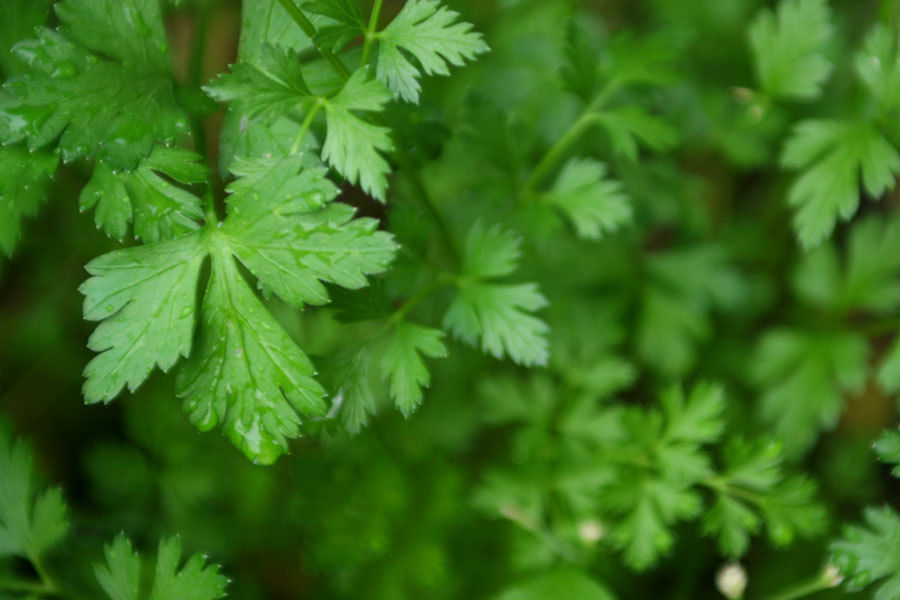
HERMANN TORTOISE CARE GUIDE
Hermann's tortoises are one of the smaller Mediterranean tortoises, belonging to the same Genus (Testudo) as the Greek tortoise and the Marginated tortoise. Hatchlings are around 4cm (1 1/2'') in length and they grow annually to a maximum adult length of about 20cm (8''). Their lifespan is 70 years or more.
Facts & Information
Origin: They originate from the northern shores of the Mediterranean and spread northward into central Europe through suitable habitat areas. They like arid, rocky hills and scrubland. European tortoises are protected by EU and global law. Only captive bred ones should be bought. They must be sold with an Article 10 Exemption Certificate, which should be kept throughout their lifetime.
Benefits of keeping: They are ideal tortoises for the first time keeper, being fairly hardy and doing well in our UK climate, with a little care and attention at certain times of the year. They can be quite sociable and are easy handled. A well thought out tortoise pen is an attractive addition to any garden. Initial cost to buy is high, although maintenance is straightforward and inexpensive. Unlike most pets, where their short lifespan is a problem, tortoises are extremely long-lived.

Housing: Hatchlings and young tortoises can be housed indoors in a Terrarium or an open top container. They should be given access to an outside pen on warm days. Adults kept outside in a secure wooden pen should have access to full sun, with retreat areas to give security and shade. They should be brought indoors in winter and hibernated in a box if appropriate.
Substrate and Furnishing: Hatchlings housed inside are best kept on a substrate that is easily changed when soiled. Some form of hide can be provided but is not essential. Spread the substrate evenly inside the enclosure. Substrate must be cleaned and replaced regularly.
Heating: For hatchling indoors, a background temperature of about 70F (21C) with an overhead heat bulb 15-30cm above your tortoise, providing a basking spot of about 90F (30-32C) at one end of the housing would be ideal. Ensure that your tortoise can move away from the basking area and sit in a cooler area of the cage if it wishes. The basking lamp is necessary to mimic the heat of the sun and should be left on for 12 hours a day. Any electric heating device must be controlled by an appropriate thermostat or you can put it on a timer. It is advisable to have a thermometer at each end of the vivarium, so it is easy to monitor the temperature at both the warmer and cooler end. In tortoise tables you can use a heat mat for night time to provide an ambulant temperature of 21C.
For adults housed outside, no additional heating is required if the pen gets full sun for part of (or most of) the day. You could also provide a warmer spot using a sheet of glass over part of the pen to maximise the heat of the sun. Again, they must have an area of shade that hey can retreat into as required.

Lighting: Tortoises need UVA and UVB light for healthy shell and bone growth. While they will get this naturally from sunlight if in an outdoor pen, for tortoises housed indoors a fluorescent UVB source is essential. These must be replaced every year, even though they may look fine, as all fluorescent bulbs lose their UV radiation within one year. The UVB bulb should be left running for 12 hours per day.
Humidity: Humidity should be avoided with Hermann’s tortoises as a damp habitat can increase the risk of breathing problems. Water spillages must be mopped up and the housing should be well ventilated, without draughts.
Water: A shallow dish of water must be available at all times for your tortoise to both drink from and bathe in as it wishes. The dish must be selected carefully to avoid frequent spillages, which would increase the humidity, and to ensure that the tortoise can climb both in and out of the dish. It is a good idea to periodically dive your tortoise a 10 minute bath in shallow tepid water.


Diet and Feeding: Hermann’s tortoises are herbivores and should not be fed meat product or derivative. Ideally you would be able to fresh pick food daily from your garden that has not been treated with any pesticides. The staple diet is dandelion leaves, flowers and stalks but, for variety, you could also offer plantain, clover, convolvulus, and honeysuckle. Cabbage, kale, cucumber, courgette, watercress and the occasional tomato, cucumber etc. will also be taken by your tortoise. Some garden plants are poisonous, so check before giving anything else. All food should be well washed in cold water to remove any pesticide residues. Calcium carbonate (limestone flour) and a good vitamin/mineral supplement should be added to food items. Every day you should remove any uneaten food and waste matter and offer fresh food and water.
Hibernation: tortoises will hibernate for several months over winter (for longer as they get older). Their heart rate and breathing drop considerably. It is vital that tortoises are only allowed hibernated if they are completely healthy and have enough body reserves to last the winter, or they will die. There are recognised length:weight ratio to help work this out. They should be checked and weighed by a vet or reptile expert before deciding to hibernate them. They should be kept in an insulated wooden box, kept at about 5C, with a maximum/minimum thermometer to check the temperature. It must not reach freezing point. It is vital to get detailed information about how to hibernate them and what to do when they awaken, to avoid serious health problems.



